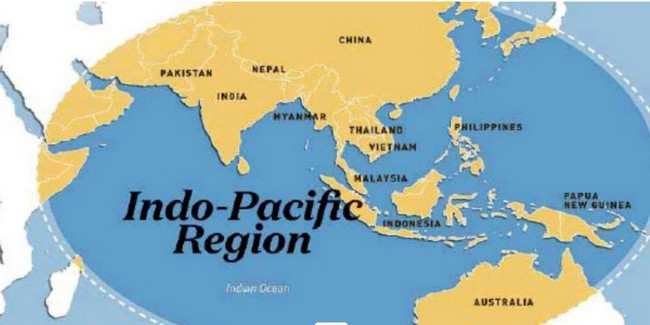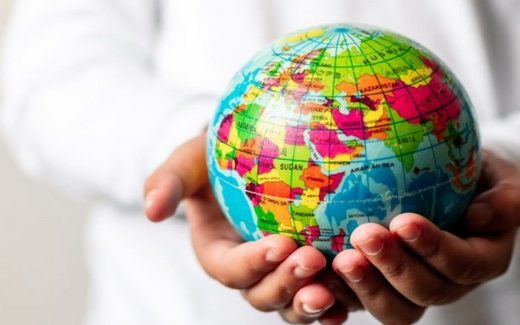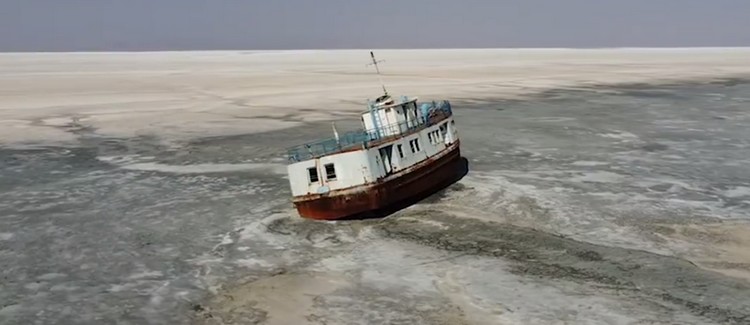What is the so-called Indo-Pacific, and why is this region attracting attention as a site of global power dynamics? In the recently published Order and Agency in the Indo-Pacific, edited by Christophe Jaffrelot, Delphine Allès, and Patrick Köllner, a set of internationally recognised experts speak to and update existing scholarly discussions on Indo-Pacific dynamics, investigating the nexus of order(ing) and agency in that strategic space. The authors take strategic competition between the United States and China as a contextual given and explore the Indo-Pacific as an interregnum, in terms of institutional dynamics and in terms of geo-narratives, among other issues. Read our interview with the three editors of the book and co-organisers of the Observatory of the Indo-Pacific, the major source of the research presented in the volume.
Can you briefly define the concept of the Indo-Pacific, and why countries may choose to be part of this strategic ensemble?
Patrick Köllner: The Indo-Pacific is often referred to as the world’s new economic and strategic centre of gravity. While it includes economic powerhouses such as China and India, the Indo-Pacific makes most sense as a strategic concept. The central idea, initially advanced by strategic thinkers in India and Australia, is to bring in India to create a strategic space encompassing both the Indian and Pacific Oceans—a space that is too big to be dominated by a resurgent China. Core proponents of the concept include those that are most concerned about the military dimensions of China’s rise and the country’s increasingly aggressive behaviour in places like the South China Sea. Intent on balancing China, the United States and its allies Australia and Japan as well as India have formed the Quad (Quadrilateral Security Dialogue), which forms the most important institutional expression of the Indo-Pacific.
Lire la suite de l’interview : Why is the Indo-Pacific attracting so much attention ?




